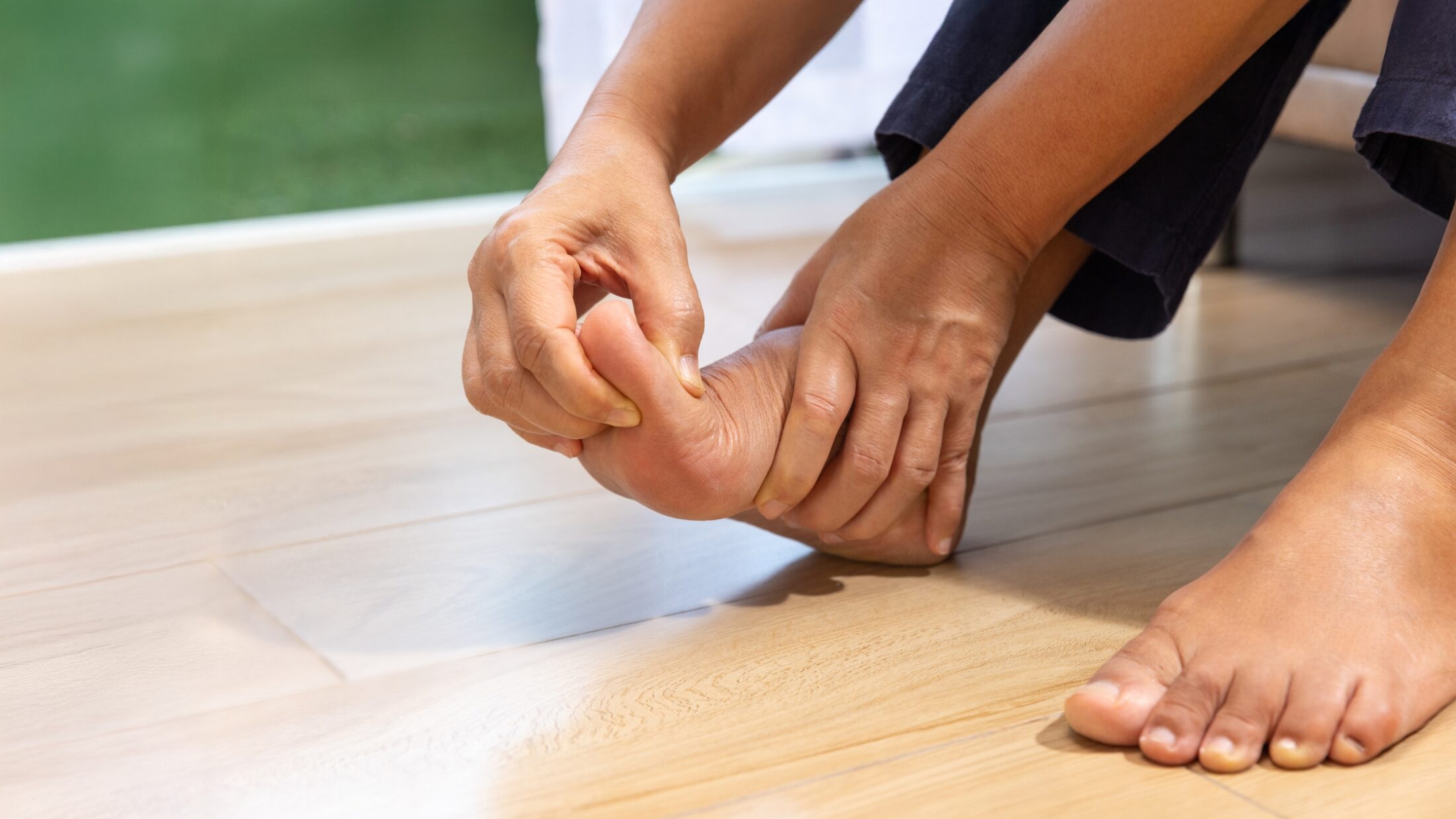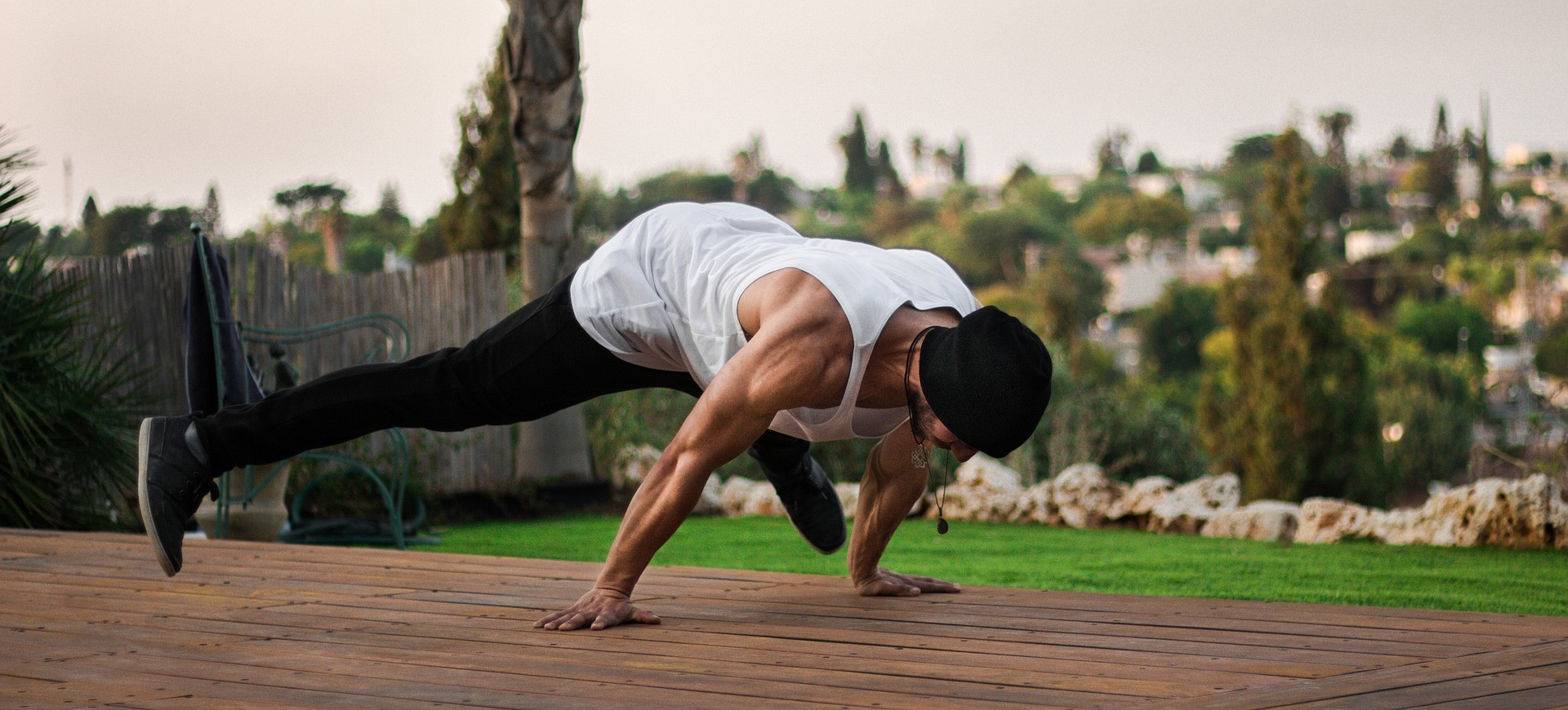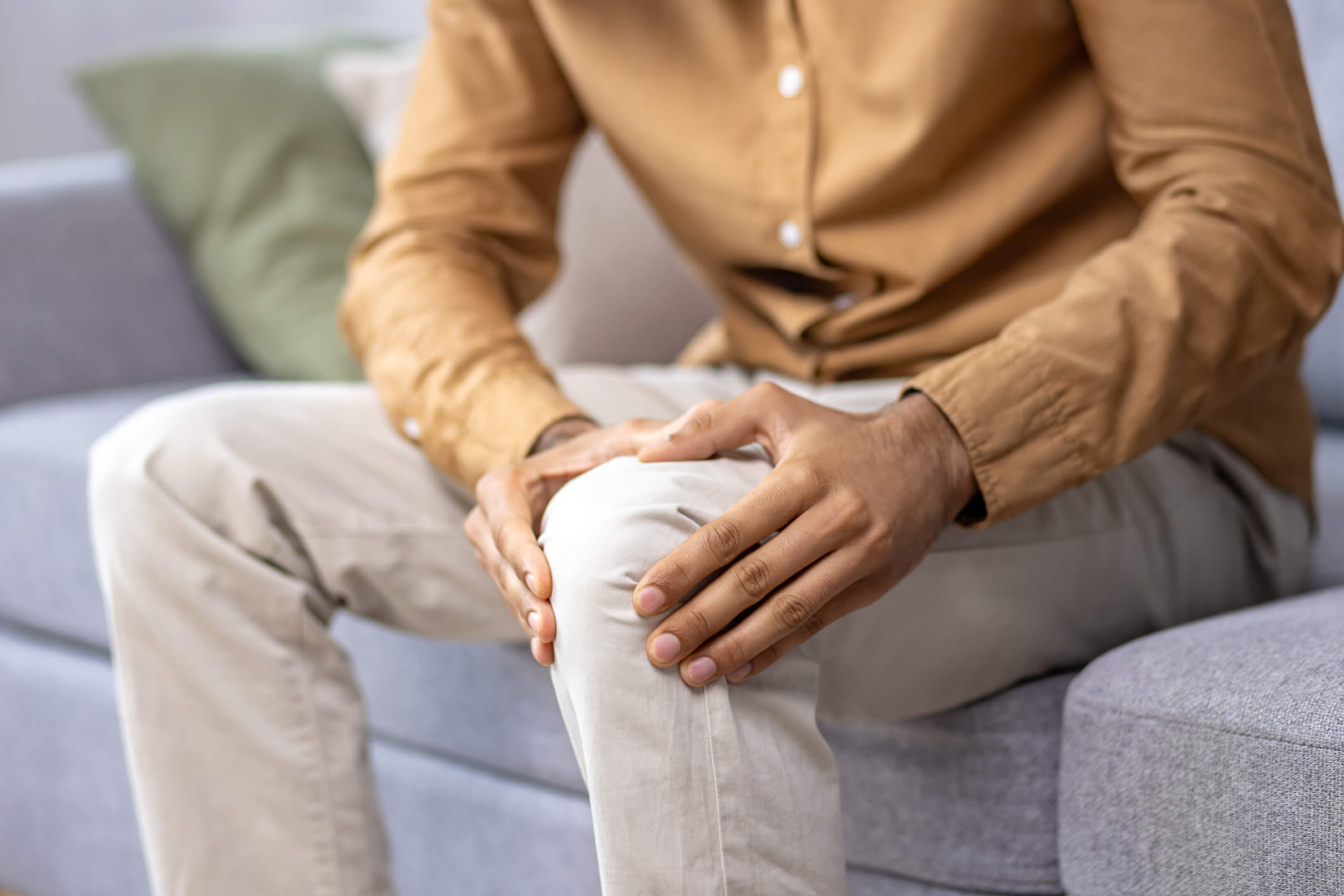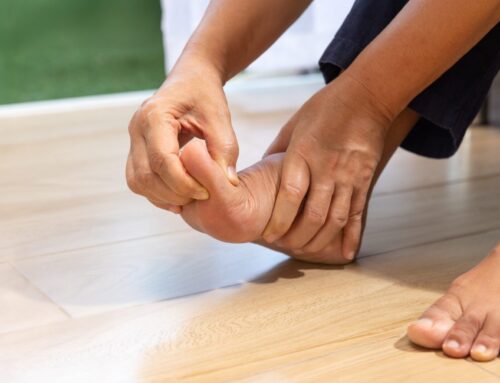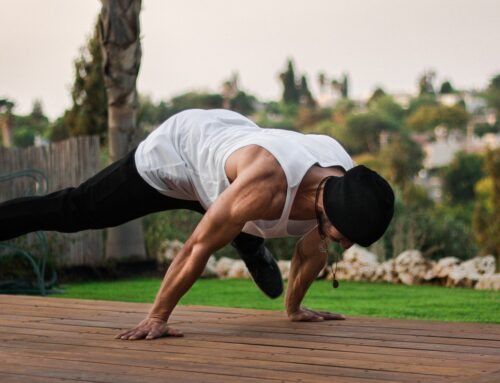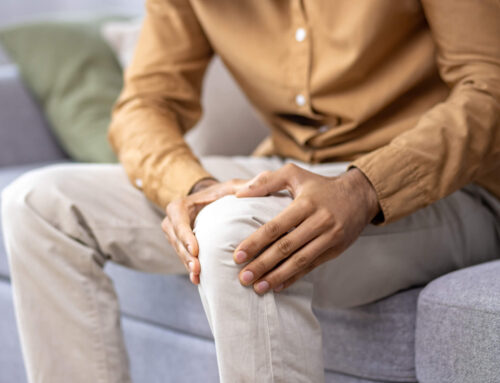September has a way of sneaking up on us. Suddenly the slower pace of summer is gone, and classrooms, hallways, and campuses are buzzing with new schedules, fresh notebooks, and plenty of busy feet. For teachers, that means standing in front of students for hours at a time, moving from class to class, or pacing during lessons. For students, it often means long walks between classes, carrying heavy backpacks, and spending whole days in shoes that may not always offer the best support.
In the excitement of starting a new school year, foot health rarely makes it onto the checklist alongside sharpened pencils and packed lunches. But after a week or two, many teachers and students start to notice the same thing: tired, achy feet that just don’t feel as energetic as they did in the morning. This is what’s often called foot fatigue, a heavy, sore feeling that builds up the longer you’re on your feet.
Foot fatigue isn’t something you just have to put up with. A few small changes in footwear, daily habits, and posture can make a big difference in keeping both comfort and energy levels steady throughout the day.
What Is Foot Fatigue and Why Does It Happen?
Foot fatigue is exactly what it sounds like, when your feet start to feel tired, achy, or heavy after being on them for a long time. It’s that dull soreness at the end of a busy school day, when all you want to do is kick off your shoes and sit down.
There are a few reasons this happens. The most common culprit is lack of support. Shoes without proper cushioning or arch support make your feet work harder than they should. Walking on hard surfaces like school hallways or gym floors adds extra strain. Or, when we stand or walk in ways that aren’t balanced, our feet end up carrying pressure unevenly, which can lead to soreness more quickly.
Although foot fatigue might not sound serious, it has a ripple effect. When your feet hurt, your body feels it. Energy dips, focus becomes harder to maintain, and even your mood can take a hit. For teachers who need to stay energized through multiple classes, or students trying to concentrate on lessons and activities, that lingering discomfort can make school days feel longer and more exhausting than they need to be.
Why Teachers and Students Are Especially at Risk
Not everyone spends their days the same way, but teachers and students share one thing in common during the school year … lots of time on their feet.
For teachers, the classroom often means hours of standing, pacing while explaining lessons, and moving between different parts of the school with only short breaks in between. Even when they finally sit down, it’s usually for a quick moment before getting back up again. That constant cycle of standing and walking doesn’t give feet much time to recover.
Students face a different but equally demanding routine. Walking long hallways between classes, lugging heavy backpacks, and then heading off to sports or after-school activities puts plenty of strain on their feet. Younger students may not notice the effects right away, but by the end of the day, sore and tired feet can make it harder to focus or stay active.
Footwear choices add another layer to the problem. Many students choose shoes for style first, comfort second. Teachers may stick with the same pair far past the point when they’ve lost their support. When fashion outweighs function, or shoes are simply worn out, foot fatigue can sneak up much faster.
Simple Ways to Reduce Foot Fatigue at School
Foot fatigue isn’t something you have to accept as part of the school routine. With a few small adjustments, both teachers and students can feel more comfortable and energized throughout the day.
Choose Supportive Footwear
The right shoes make a huge difference. Look for everyday school shoes that offer arch support, cushioning under the heel, and a fit that isn’t too tight or too loose. Shoes that are worn out, even if they still look fine, often lose their support over time, so replacing them regularly is important. Think of it as an investment in comfort that will carry you through the year.
Add Extra Support if Needed
Sometimes, even good shoes can use a little help. Inserts or orthotics can provide extra cushioning and support to reduce fatigue. They’re not only for people already dealing with foot pain, they can also help prevent it and keep energy levels steadier through long school days. There are custom options as well as over-the-counter versions, and choosing the right one often depends on how much support your feet need.
Stretch and Strengthen Your Feet
Feet benefit from movement just like the rest of your body. A few quick stretches can go a long way toward easing tension. Try ankle rolls under your desk, calf raises while waiting in line, or toe stretches when sitting down. These small habits improve circulation and keep your feet feeling lighter.
Pay Attention to Posture
How you stand and sit makes a difference. Teachers who stand for long periods can try shifting their weight from one foot to the other or using a small footrest when possible. Students can help themselves by sitting upright instead of slouching, which reduces strain on the lower body and feet.
Use Breaks Wisely
Breaks might be short, but they can still give your feet a chance to recover. Propping your feet up for even a few minutes can ease pressure, while switching to different shoes for gym class or after-school activities can give your feet a fresh start. Little changes like these add up to more comfort by the end of the day.
Quick Self-Check
Answer these with a quick yes or no and see where your feet might need a little extra care:
| Question | |
|---|---|
| _____ | Do your feet feel sore or heavy after walking between classes or standing for long lessons? |
| _____ | Have you noticed uneven wear on your shoes, worn down more in certain spots? |
| _____ | Do your feet feel swollen or puffy by the end of the school day? |
| _____ | Does foot soreness ever spread into your knees, hips, or lower back |
| _____ | Do you find yourself avoiding activities because your feet already feel too tired? |
If you answered yes to one or more, it might be a sign your feet are working harder than they should. A few simple tweaks, like supportive footwear, custom orthotics, quick stretches, or better posture, can help ease foot fatigue and give you more energy for your day.
Long-Term Benefits of Caring for Your Feet
Taking care of your feet might feel like a small detail, but the benefits add up in big ways over time. When your feet feel supported, the rest of your body can function more smoothly too.
One of the most noticeable changes is in focus and energy. It’s hard to concentrate on teaching a lesson or absorbing new information when all you can think about is how sore your feet are. Reducing fatigue frees up mental space, helping teachers stay present in the classroom and students stay engaged in learning.
Good foot support also has a ripple effect on posture. When your feet are aligned and comfortable, your knees, hips, and back are under less strain. Over time, this lowers the risk of nagging aches or injuries that can develop from years of standing or walking without proper support.
Caring for your feet also builds stamina. Teachers who make it through a full day of classes or students juggling school, sports, and after-school activities will find that strong, supported feet make it easier to keep going. Instead of ending the day drained, there’s a little more energy left for the things you enjoy outside of school.
Give Your Feet a Head Start This School Year
Reducing foot fatigue is about more than avoiding sore feet, it’s about giving yourself the energy and focus to make the most of each school day. Teachers who feel comfortable can put more into their lessons, and students who aren’t distracted by tired feet can concentrate better on learning and activities.
As you settle into the back-to-school routine, take a moment to think about your feet the same way you’d think about your supplies, schedule, or meal prep. A little extra care now can set you up for a smoother, more comfortable year ahead.
And if tired, achy feet become a regular part of your day even with these small adjustments, it may be worth talking to a foot care specialist. Sometimes an expert’s advice can make all the difference in finding the right solution.
If foot fatigue is getting in the way of your school days, our chiropodist at Care-Med can help. Book a foot assessment and find out what kind of support will keep you moving comfortably all year long.
Share This Story, Choose Your Platform!
Table of Contents
We specialize in orthotics, body braces, and compression wear tailored to your unique needs in Toronto. Reach out to us at info@caremed.care or call 416-782-5353 to book your fitting and consultation.
Experience the difference of customized solutions designed just for you.


